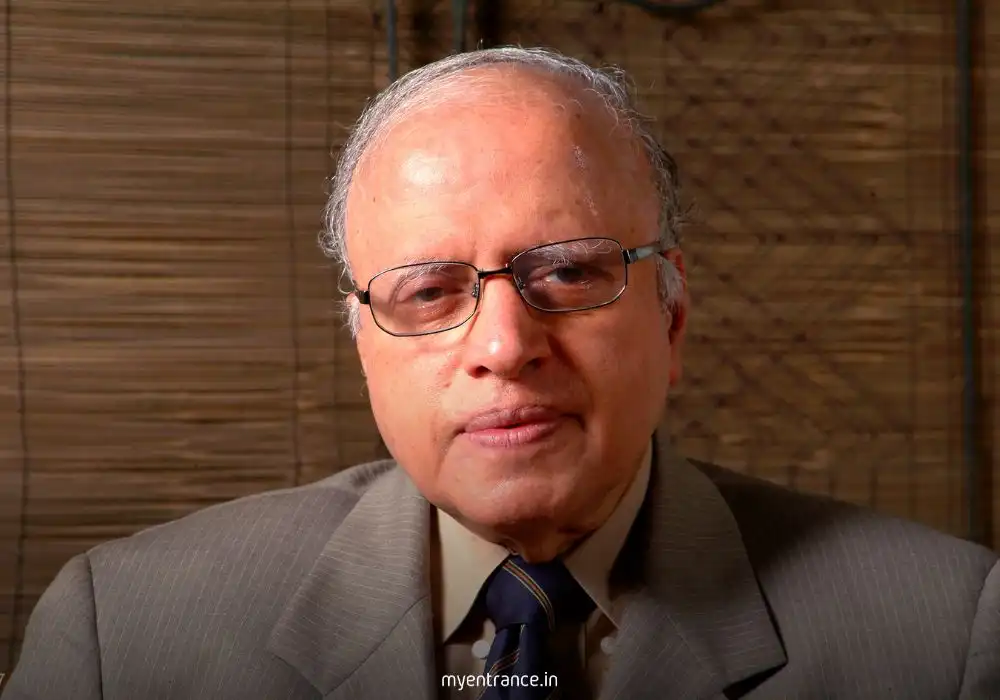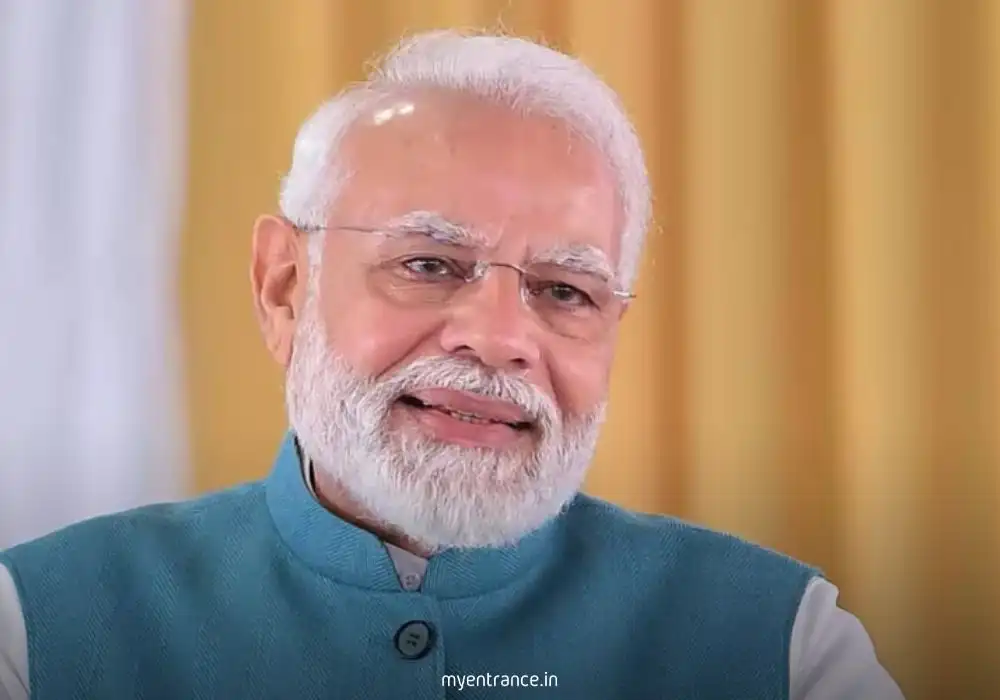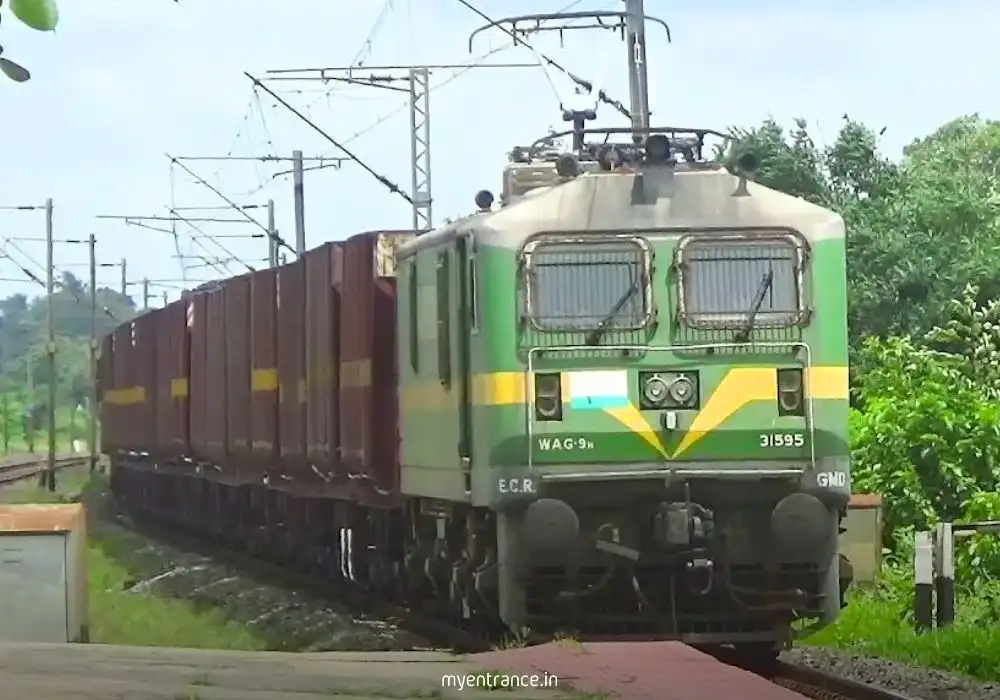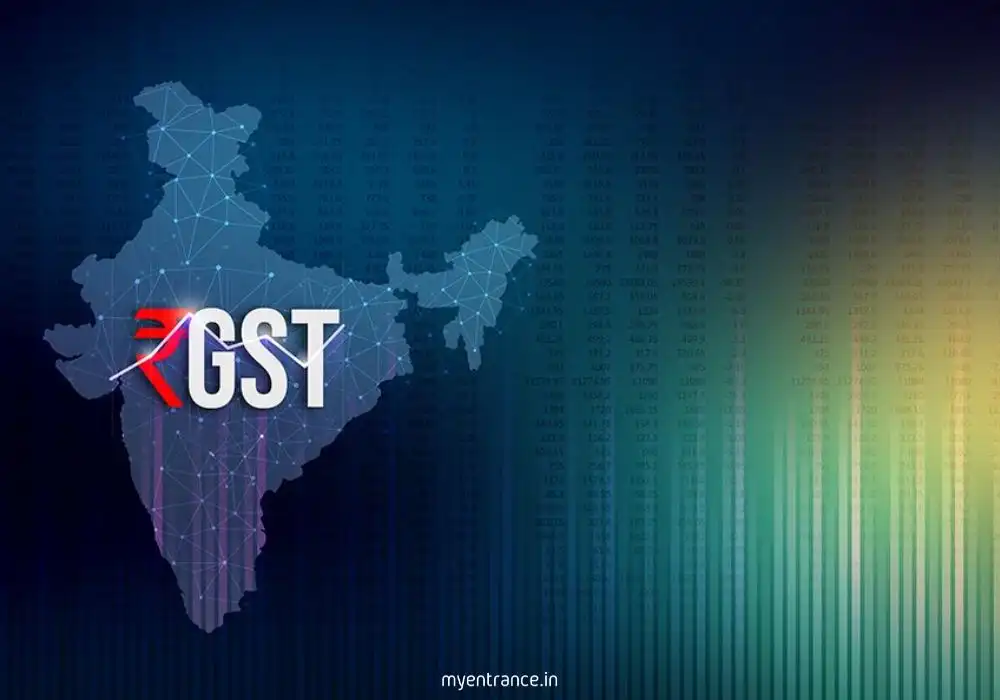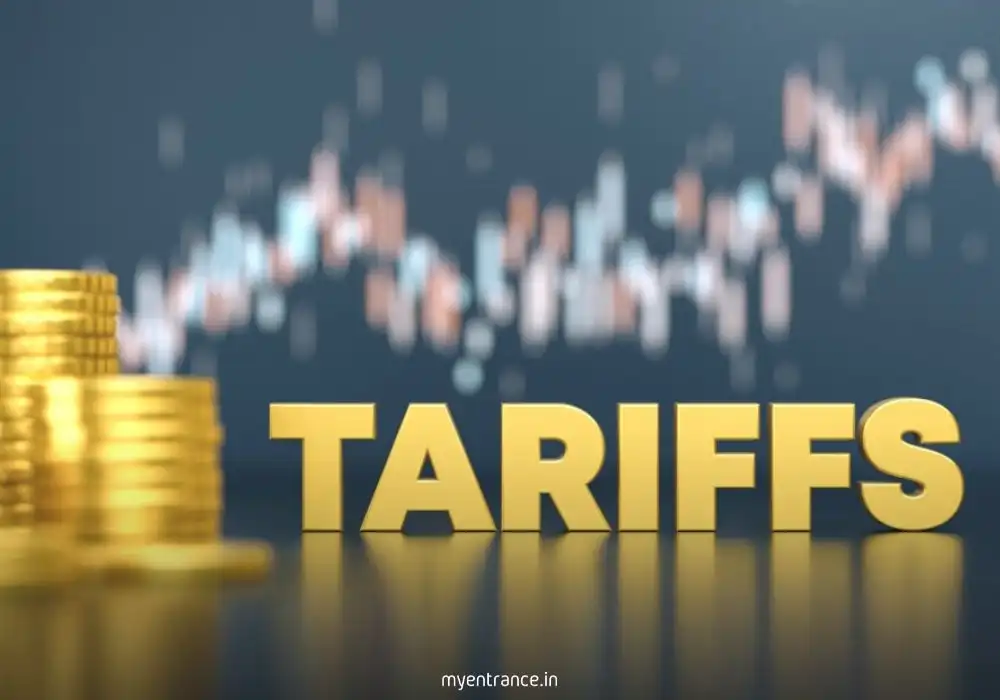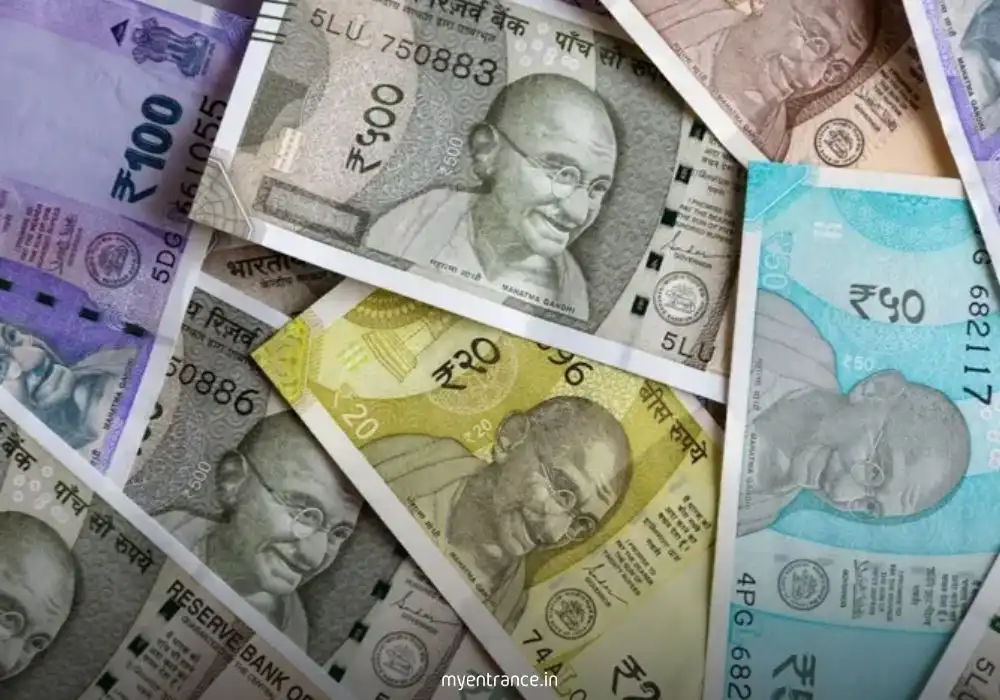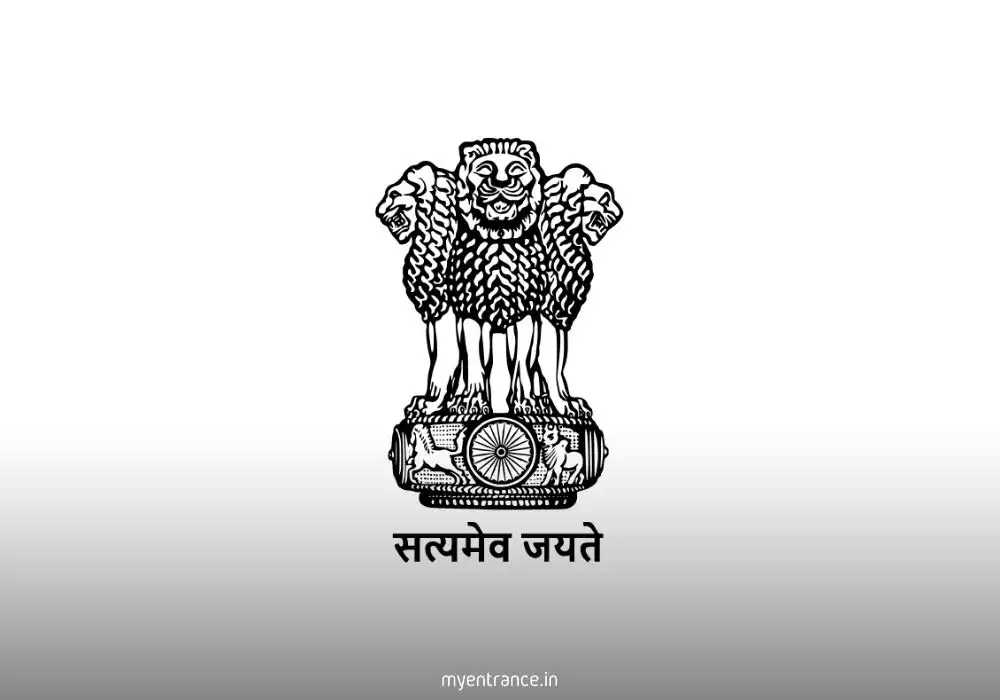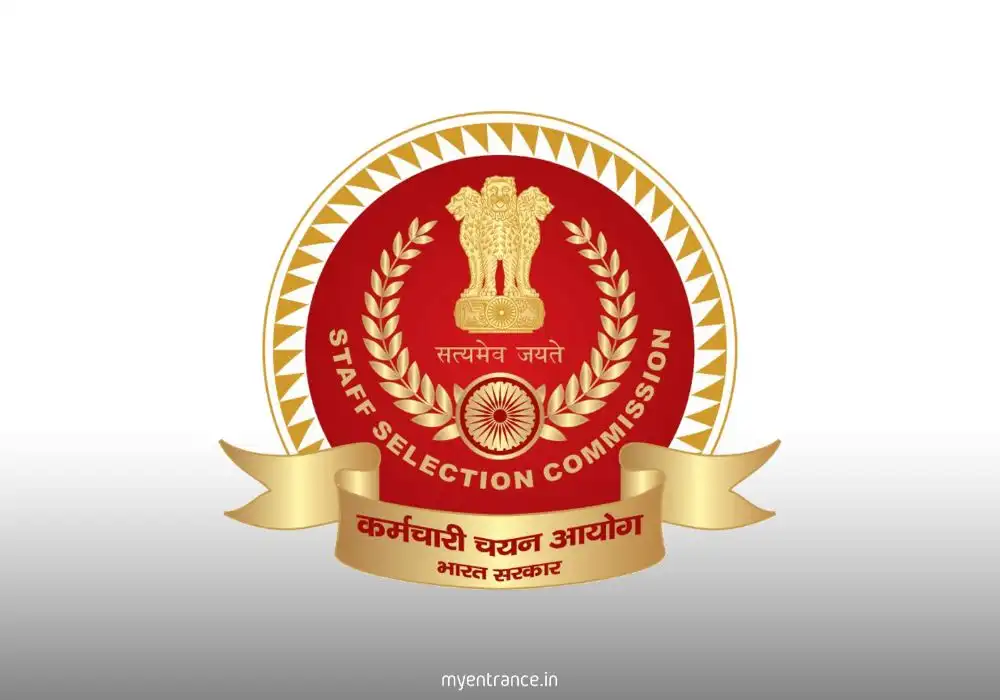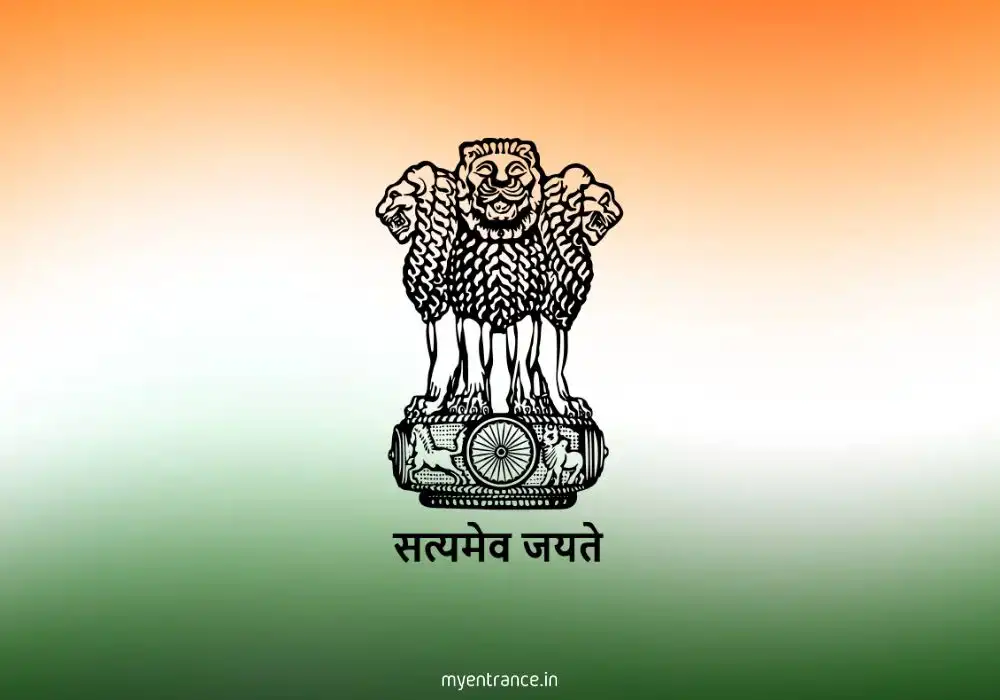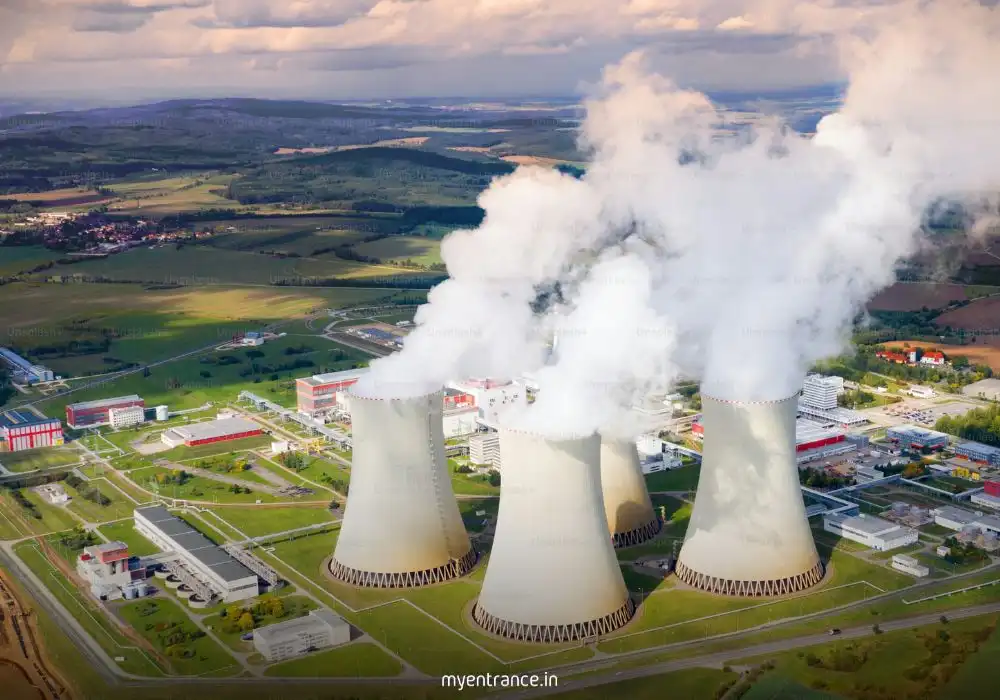Translate Language
Swadeshi Movement 1905–1911: Causes, Impact & Legacy for UPSC, SSC, PSC Exams
In today’s era of global trade wars, India’s renewed emphasis on “Swadeshi” mirrors a powerful chapter from our past. The Swadeshi Movement (1905–1911) ignited as a revolt against the Partition of Bengal, reshaping India’s freedom struggle. For exam aspirants, this topic is crucial for understanding nationalism, economic resistance, and socio-political mobilization. Let’s unpack its origins, key phases, and enduring lessons—tailored for competitive exams like UPSC, SSC, and PSC.
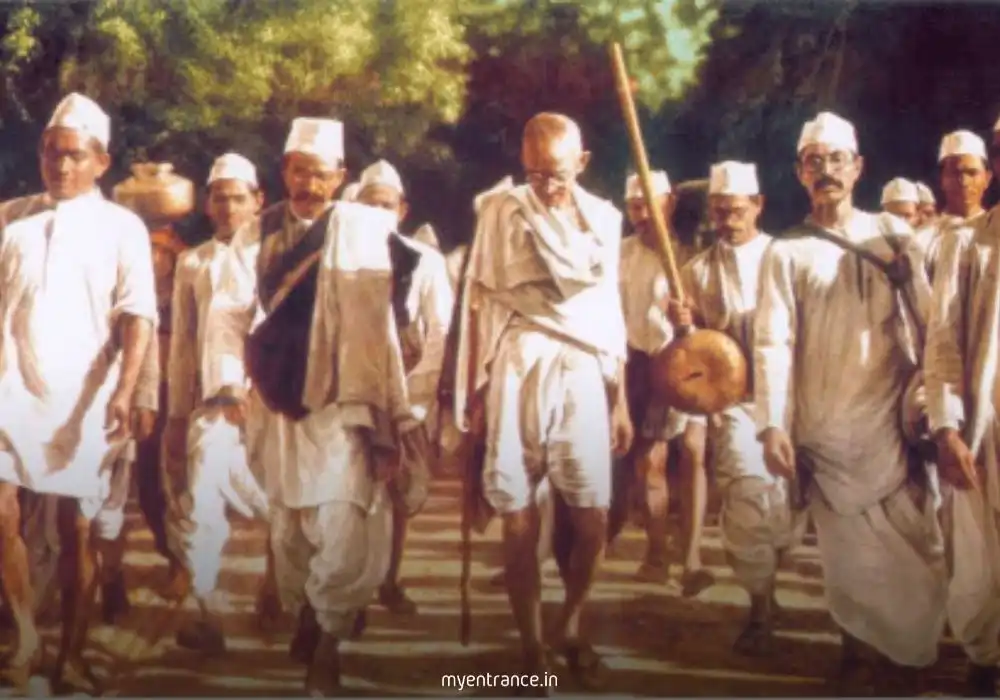
Swadeshi Movement:
Roots: The Partition of Bengal
The movement erupted in response to Lord Curzon’s 1905 decision to split Bengal into Hindu-majority “West Bengal” and Muslim-majority “East Bengal and Assam.” While the British cited administrative efficiency, nationalists like Surendranath Banerjee condemned it as a “divide and rule” tactic. Curzon’s own words exposed his intent: “Calcutta is the centre from which the Congress party is manipulated.” This partition unified Indians across communities, sparking nationwide outrage.
Evolution: From Boycott to Revolution
Moderate Beginnings:
Initial protests used petitions and rallies. When these failed, leaders adopted boycott as a weapon. Inspired by Krishnakumar Mitra’s Sanjivani, a Calcutta Town Hall meeting (August 7, 1905) formalized the boycott of British goods.
Symbolic Resistance:
On October 16, 1905—partition day—Indians tied rakhis (threads) as symbols of unity. Samitis (volunteer groups) emerged, running indigenous schools, courts, and health camps.
Radical Shift:
By 1907, leaders like Aurobindo Ghose and the Lal-Bal-Pal trio (Lajpat Rai, Tilak, Pal) escalated demands:
Boycott of British schools, courts, and jobs.
Promotion of swadeshi industries and national education.
Revolutionary actions (e.g., Khudiram Bose’s 1908 Muzaffarpur bombing).
Economic Revival & Challenges
The movement sparked India’s first large-scale economic resurgence:
Boycott Success: British cotton imports fell by 25% (1905–1908).
Indigenous Enterprises:
Handloom/textiles: Revival of local weaving clusters.
Swadeshi Steam Navigation Co.: V.O. Chidambaram’s challenge to British shipping monopolies.
Labour Unions: Printers’ Union (1905) fought exploitative wages.
Hurdles: Capital shortages and competition stifled long-term growth. National schools also struggled due to limited job prospects.
From Swadeshi to Swaraj
The movement’s defining legacy was transforming economic resistance into a political crusade for Swaraj (self-rule):
Radical Publications: Bande Mataram (Aurobindo) and Kesari (Tilak) demanded complete independence.
Mass Inclusion: Peasants, workers, and women joined for the first time.
Repression & Division:
British crackdowns (e.g., Tilak’s deportation, 1908).
Communal tensions grew as Hindu symbolism alienated minorities.
1907 Surat Split: Moderates vs. Extremists in the Congress.
Legacy & Modern Parallels
Gandhian Influence: Gandhi later expanded Swadeshi into a moral duty, stressing “neighbour-first” economics.
Strategic Lessons:
Emotional unity alone couldn’t sustain momentum—capital and inclusivity were vital.
British exploited divisions (e.g., Muslim League formation, 1906).
Relevance: Modi’s “Make in India” echoes Swadeshi’s core ethos: self-reliance fuels global rise.
Exam-Focused Q&A on the Swadeshi Movement
Q1: What was the immediate trigger for the Swadeshi Movement?
A1: Lord Curzon’s Partition of Bengal (1905), perceived as a British “divide and rule” strategy to weaken nationalism.
Q2: Name two strategies used in the Swadeshi Movement’s boycott phase.
*A2:
Rejecting British goods and promoting indigenous products.
Establishing national schools and arbitration courts through volunteer Samitis.*
Q3: How did the Swadeshi Movement contribute to India’s industrial revival?
A3: It spurred local enterprises like handloom weaving, Swadeshi Steam Navigation Co. (1906), and labour unions, reducing dependency on British imports.
Q4: Why did the Swadeshi Movement split the Congress in 1907?
A4: Moderates favoured petitions, while Extremists (led by Tilak, Pal) advocated mass boycotts and civil disobedience—culminating in the Surat Split.
Q5: What was Rabindranath Tagore’s concept during this movement?
*A5: Tagore championed “Atmashakti” (self-strength), focusing on community-driven revival through education and cultural pride.*
Get 3 Months Free Access for SSC, PSC, NIFT & NID
Boost your exam prep!
Use offer code WELCOME28 to get 3 months free subscription. Start preparing today!
